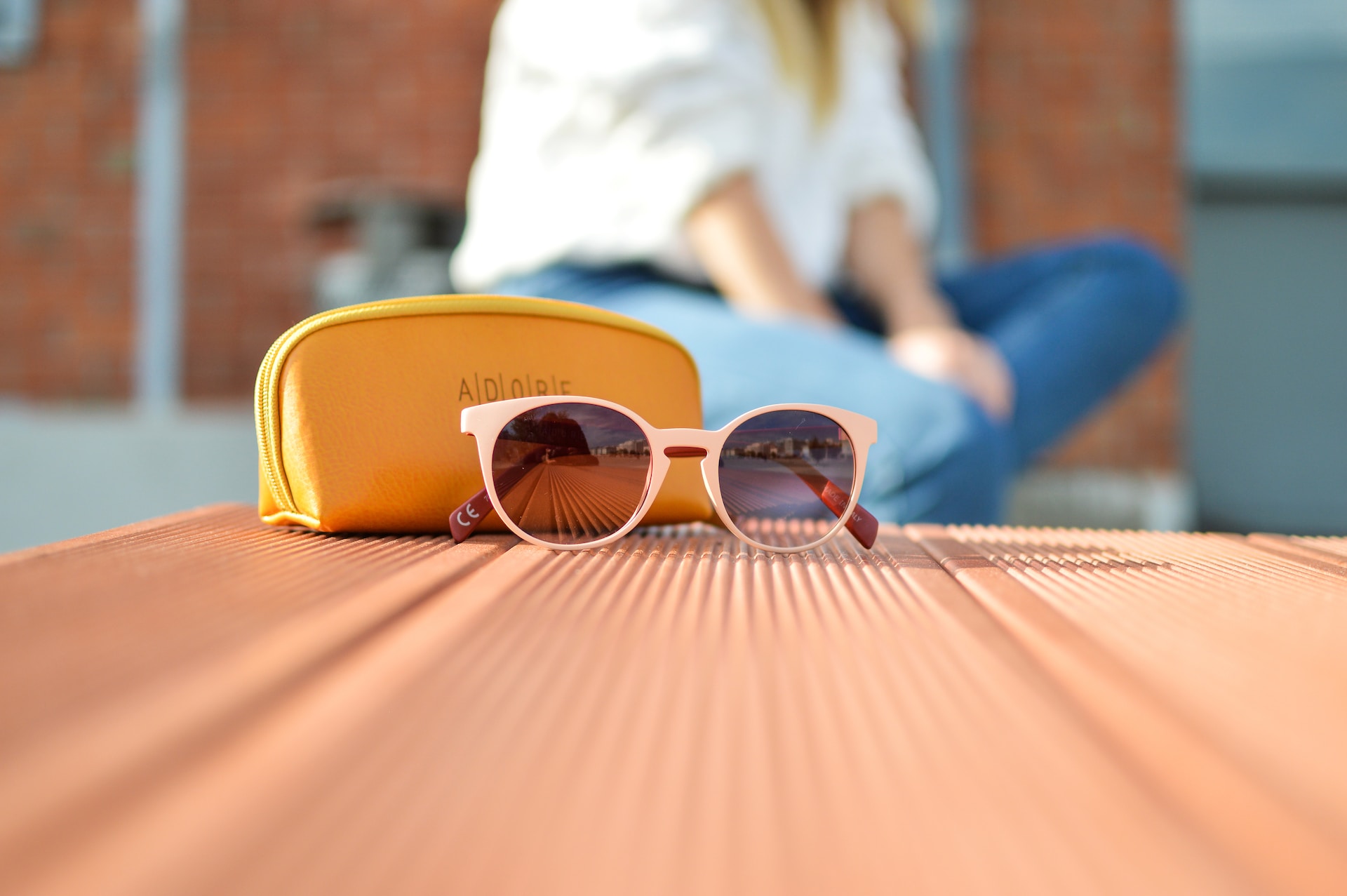Sustainable and environmentally responsible products have become increasingly popular in recent years. The eyewear industry is one of the areas where the trend is especially noticeable.
In recent years, many customers have become more aware of sustainability, and they pay more attention to the products’ sourcing, manufacturing, packaging, recycling and innovation, resulting in brand loyalty. Eco-friendly eyewear is quickly becoming more popular and well-liked as a stylish and ethical option for people who want to positively impact the environment.
Sustainable eyewear not only contributes to less waste and pollution but also represents the growing demand from customers for responsible and trustworthy fashion industry practices.
This article will explore how the eyewear industry takes eco-friendly measures and approaches toward being environmentally conscious.
The importance of sustainable eyewear
The eyewear industry is one of the sectors that contributed to the rise of plastic waste. Usually, after use or when the fashion trend shifts, the glassware is disposed, causing the waste to increase. The materials used to make glasses often do not decompose or would take millions of years to decay. Almost every type of plastic ever made still exists today in some way and never completely decomposes. Glass, often used to make lenses, does not break down either. It only undergoes detrivication process in which the outer layer of the glass crystallizes and flakes off.
These damages underline the importance of people wearing environmentally friendly eyewear to reduce the negative impact on nature. Furthermore, the environmental harm these materials cause can be mitigated using biodegradable alternatives, such as recycled plastic and various types of acetate. Aside from plastic and glass waste, sustainable eyewear brands are also dedicated to reducing manufacturing carbon footprint.
How eyewear can become sustainable
The main focus of sustainable eyewear is the materials and the manufacturing process. By focusing on those areas, brands can produce eyewear that is much less harmful to the environment than conventional eyewear.
Materials
Many sustainable eyewear brands incorporate either biodegradable, renewable, or recycled materials. Among these materials, wood is well-known for its biodegradable and renewable qualities. Wooden frames provide natural elegance and can also reduce the carbon footprint of the eyewear manufacturing process.
Bamboo is the next eco-friendly material growing in popularity in the eyewear market. This material is lightweight and durable at the same time.
Plant-based or biodegradable plastics have also become a popular material option as they decompose faster than regular plastics. Examples of recycled plastics are Biodegradable acetate and polylactic acid (PLA). Meanwhile, some brands also use recycled metals, such as stainless steel or aluminium, to produce eyewear, which can conserve natural resources.
Manufacturing
Sustainable eyewear brands employ various manufacturing strategies to produce their products. The first is recycling waste materials, which involves recycling leftover materials and converting them into new goods. The second is reducing harmful chemical usage and opting for safer alternatives. These brands also employ water conservation and ethical labor practices (fair wages and safe working conditions).
Challenges and opportunities
While the eco-friendly eyewear market is growing in popularity, much like the widespread enthusiasm for live Blackjack in online casinos like, this trend still grapples with some challenges.
The first is regarding its availability. Compared to traditional eyewear, the availability of eco-friendly glasses remains relatively small. Finding many styles and options, particularly in offline stores, may become more complex.
Production costs may occasionally increase due to using sustainable materials and eco-friendly manufacturing techniques. As a result, some sustainable glasses may cost slightly more than their conventional options, despite many brands working hard to keep the price reasonable.
Another challenge is the performance of sustainable materials. Some of these materials may not offer the same level of performance as the traditional ones. For instance, biodegradable plastics might not be as durable as plastics derived from petroleum, as they are less resistant to heat and moisture.
Even so, the sustainable eyewear industry continues to strive to innovate new materials and manufacturing strategies. The growing demand from consumers for sustainable fashion may lead to the increasing availability and more reasonable price of eyewear in the future.









